- Chapter1 -Consulting and Marketing
- Chapter2 – Designing, Photography, Filmmaking
- Chapter3 – Printing, Packaging, Post-print
- Chapter 4- Environmental Advertising and Exhibition Services
- Chapter 5 – Audiovisual Advertising and Electronic Marketing
- Chapter 6 – Advertising gifts
- Chapter 7- The world of distribution
- Chapter 8- Export and Import
Roll offset printing
Category: 5.17) Roll printing
Description
In offset roll printing, the paper enters the printing machine in continuous rolls, and the printing is done using zinc plates.
The speed of offset roll printing is much higher than sheet offset printing. Double-sided printing is done simultaneously, and folding operations are performed simultaneously with the printing process. The file sent for printing is in “CMYLC” format.
These colors are printed onto aluminum plates (zinc), and the zinc plates are attached to the printing machine to carry out the printing process.
Various types of roll labels, magazines, high-volume books, newspapers, thermal rolls, and POS machine rolls are usually printed using offset roll printing machines.
Offset roll printing machines are categorized into two types:
- A) Newspaper roll printing machines:
These machines print on paper weighing between 45 to 80 grams and use cold set ink, which does not require a dryer. The paper immediately goes into folding, delivering forms with 32, 16, 8, 4, 12, and even 64 and 96 pages.
- B) Commercial roll printing machines:
These are used for printing high-quality work and have a drying system after printing.
Today, the use of card readers and store receipts is very common and widespread, providing an ideal platform for advertising on the back of rolls. Unlike the front, the back printing on rolls does not fade. The back of POS rolls or store receipts is printed using offset roll printing.
POS roll printing and store receipt roll printing can be done in one to four colors.
POS thermal rolls and store receipt rolls are available in sizes of 52, 80, 110 meters, and custom sizes.
In this method, the desired design is first printed onto special paper known as transfer paper. Then, the printed design is transferred onto the desired surface using a heat press machine.
Be the first to review “Roll offset printing” Cancel reply


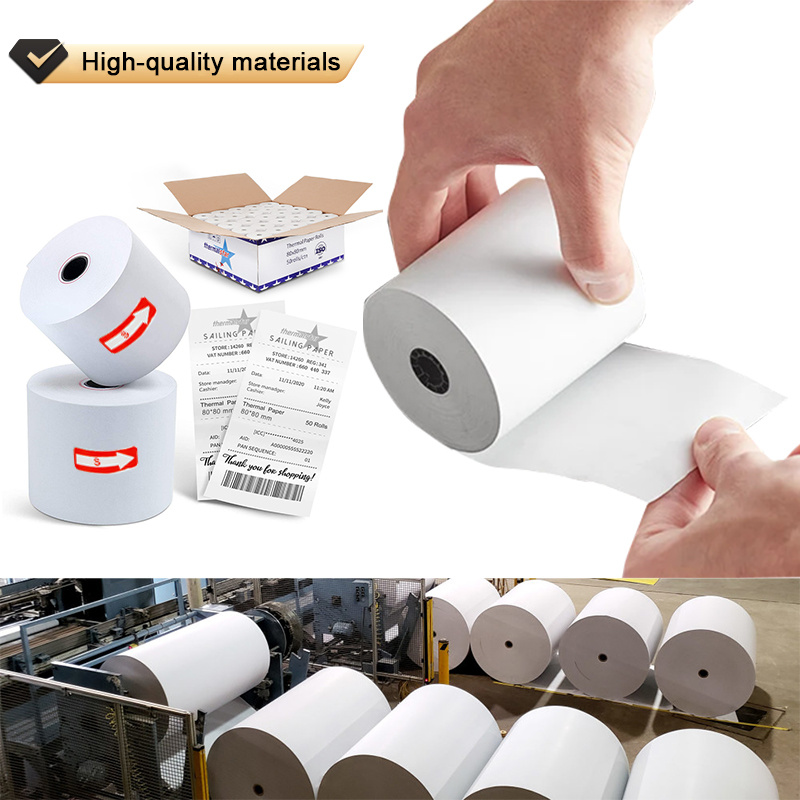
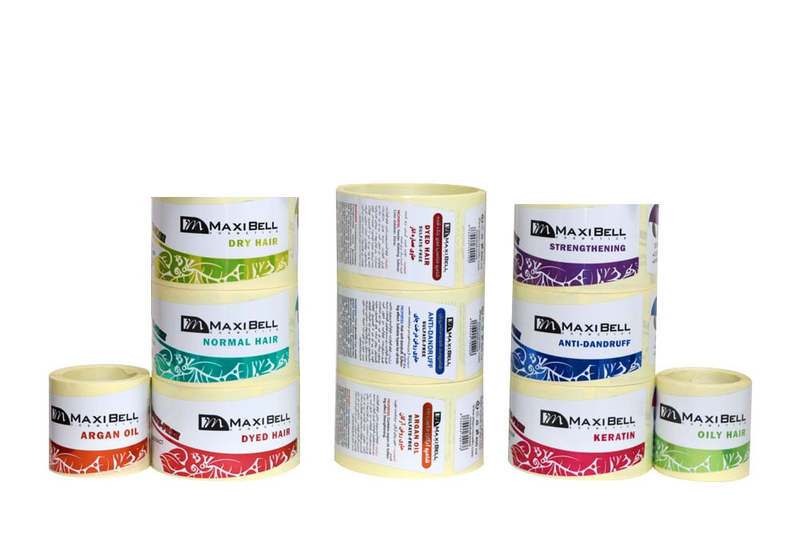
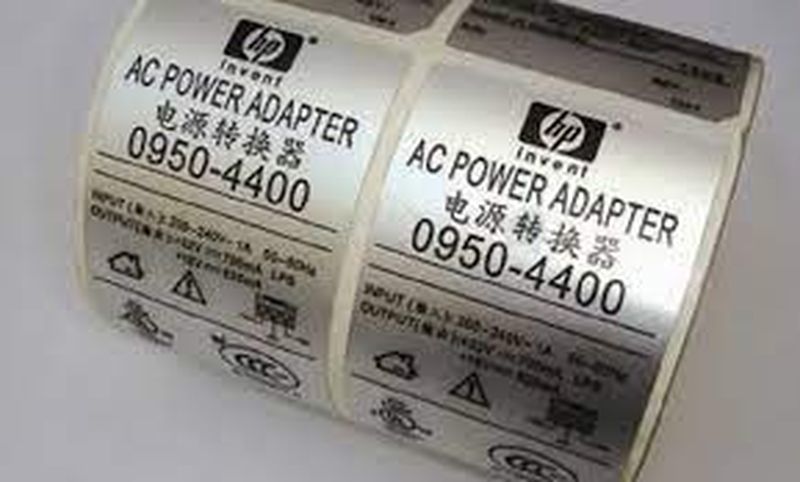
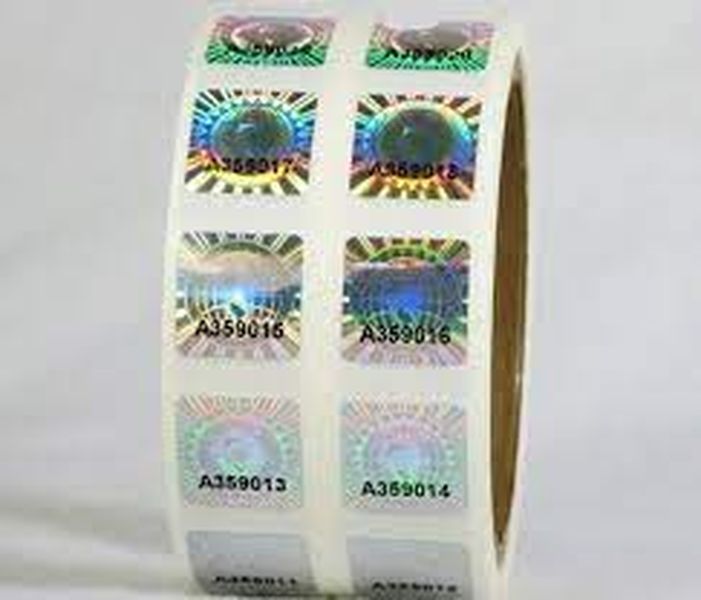
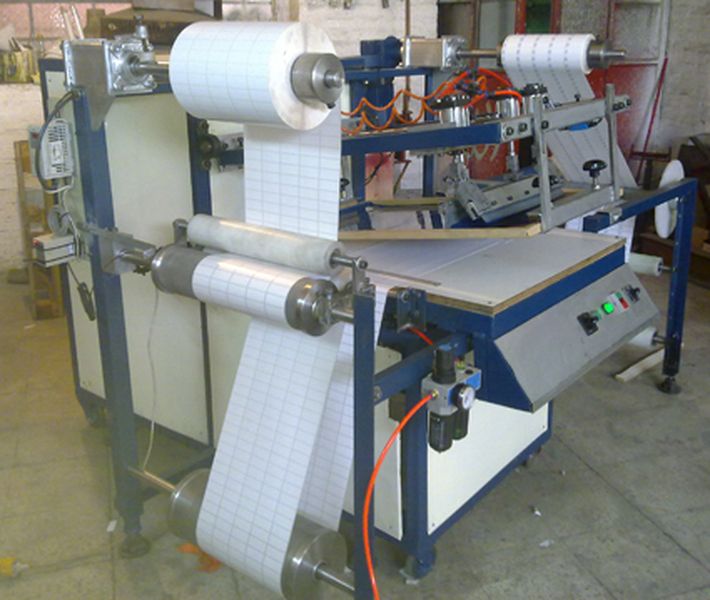
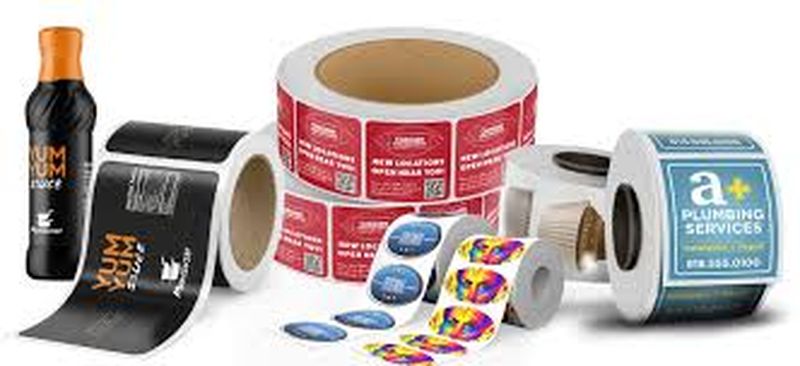

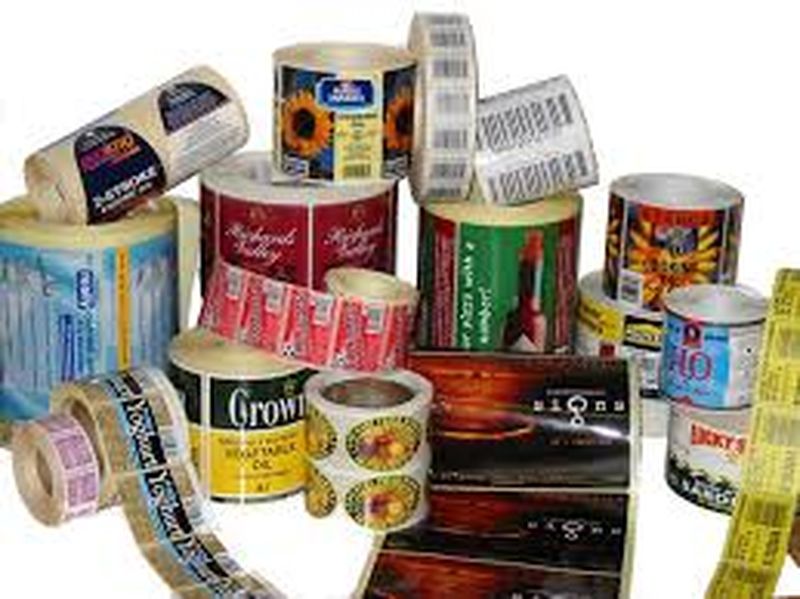
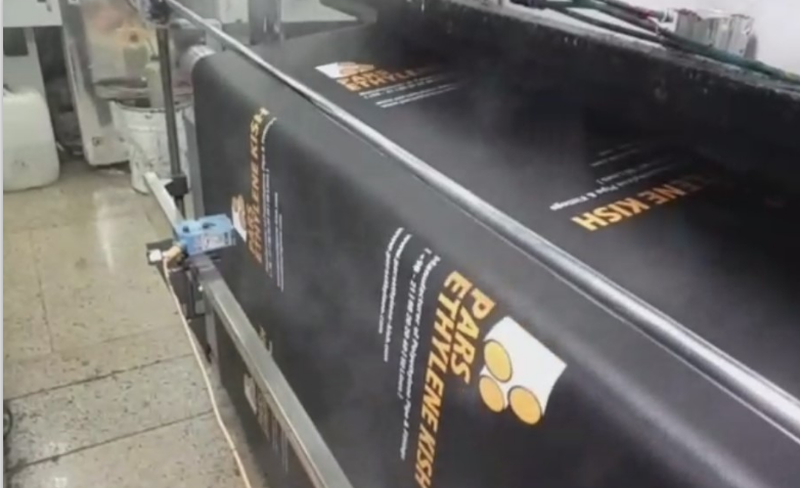

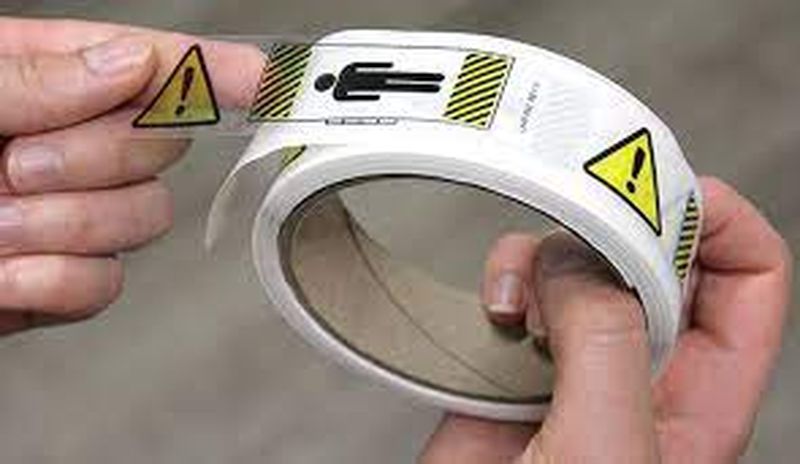
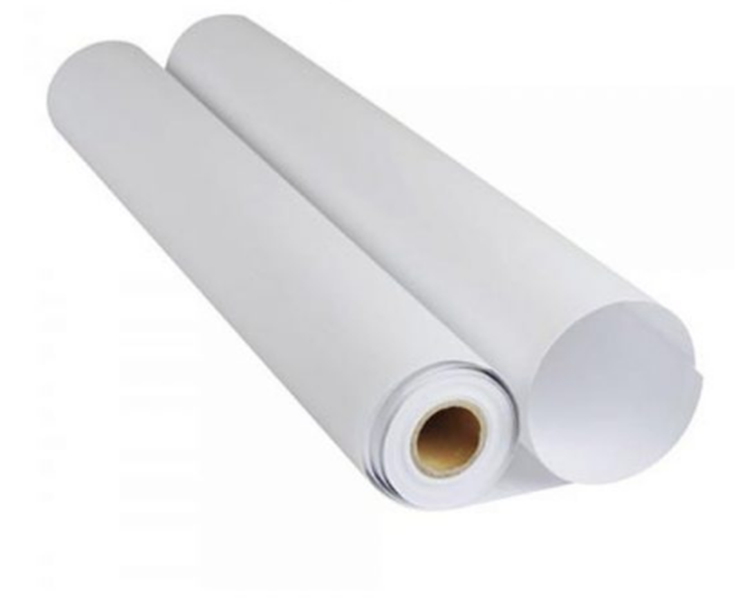
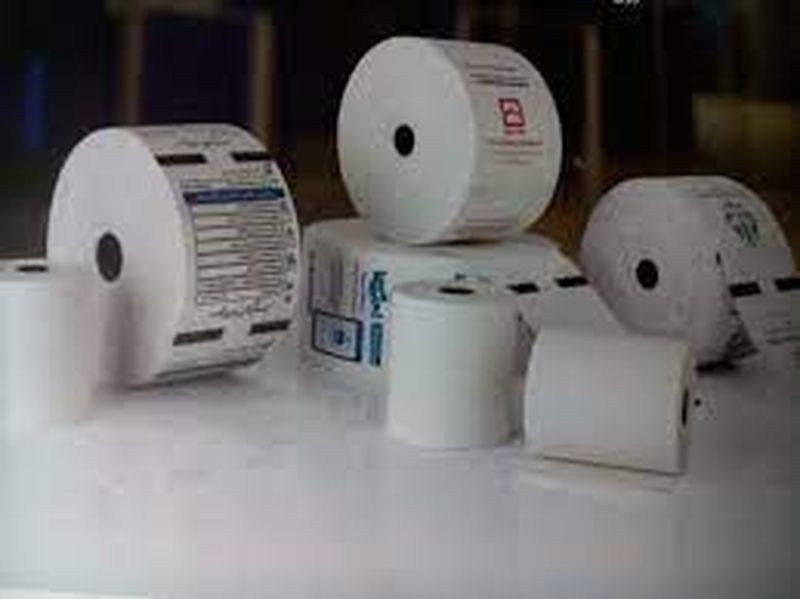

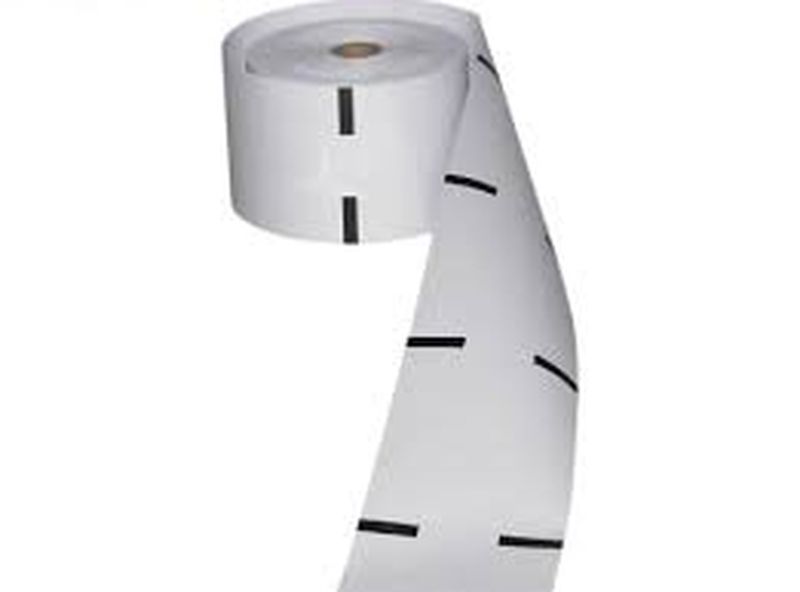


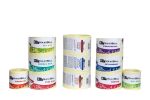













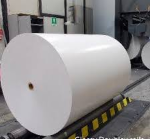
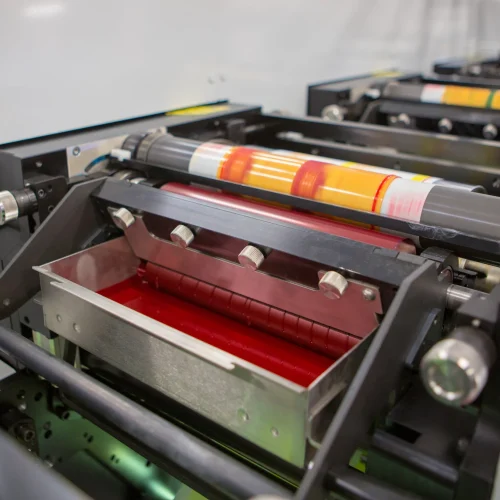

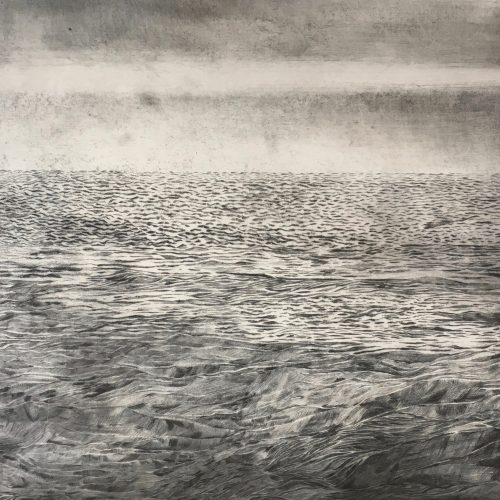
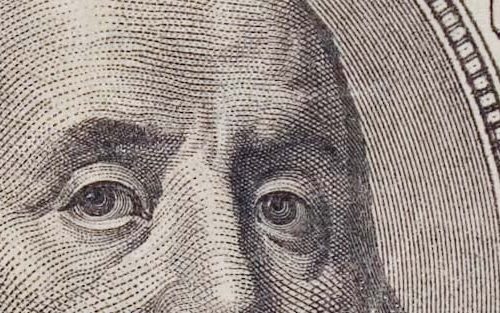
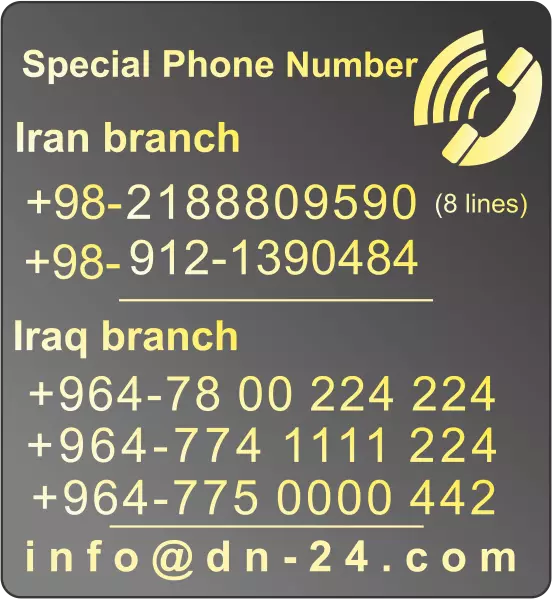

Reviews
There are no reviews yet.